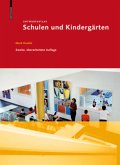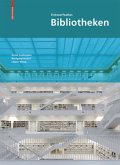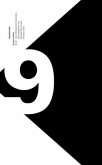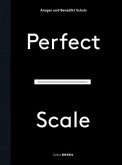As building materials and technologies advance,architects are creating new kinds of urban environments.Among the innovations showcased in thisbook that are contributing to new architecturalforms are parametric modeling enabled by computer-aided technology, environmentally friendlybuilding skins, and HOPSCAs - a hybrid buildingtype - that can house hotels, offices, parking,shopping, a convention center, and apartmentsunder one roof. The 'dream' buildings in this bookreflect a changing architectural and cultural environment,and the processes that turn these conceptsfrom vision to reality will open a new chapterin architectural history.Many of the architects represented here are addressingthemes of developments in structural andmaterial technologies that will allow infinite possibilitiesin form. Within the new urban landscape ofgreater complexity, architects must either find appropriate'new textures' or construct new rules.One imaginative process demonstrated here isthe merging of nature and architecture - sometimesthrough the use of natural forms, and at othertimes through materials and levels of energyconsumption. A related new process, bionics - theapplication of biological principles to the design ofarchitectural systems - has been used to streamlinebuildings and simulate nature.Yet another process at work today reflects acontinuity with Modernism in architecture in whichsimple forms as well as traditional materials andconstruction methods cannot disguise the eleganceof their conceptual rigor. This choice leadsto two contrasting ways to adapt: to 'exceed' orto 'retreat'. Most of the featured projects in thisbook embody the method of 'exceeding'. Withthis approach, architects use height and contextto create new urban spectacles. The contrastingstrategy is to 'retreat' by creating introverted projectsthat interject a built form of silence and tranquilityinto the noise and chaos of the city.We also include examples of comprehensiveprojects that attempt to reply to the urban questionand suggest a future era of 'the monumentalbuilding as city'. These immense projects cancover several city blocks in which architects striveto find levels of balance between city and street.By examining the thought processes behindthese bold and innovative designs we can formulatesome essential questions: how does technologybridge the boundaries between different countriesand cultures? Will our cities come to resemblethose in science fiction movies? Will the notionof 'form follows environment' be the natural successorto 'form follows function'? Although wecan't answer these questions at present, we hopethat merely asking them might provide insightsthat will shape our views and spur creativity.Xing Rihan is a trained architect and ownerof Rihan International Culture Spread Ltd.
Hinweis: Dieser Artikel kann nur an eine deutsche Lieferadresse ausgeliefert werden.
Hinweis: Dieser Artikel kann nur an eine deutsche Lieferadresse ausgeliefert werden.


